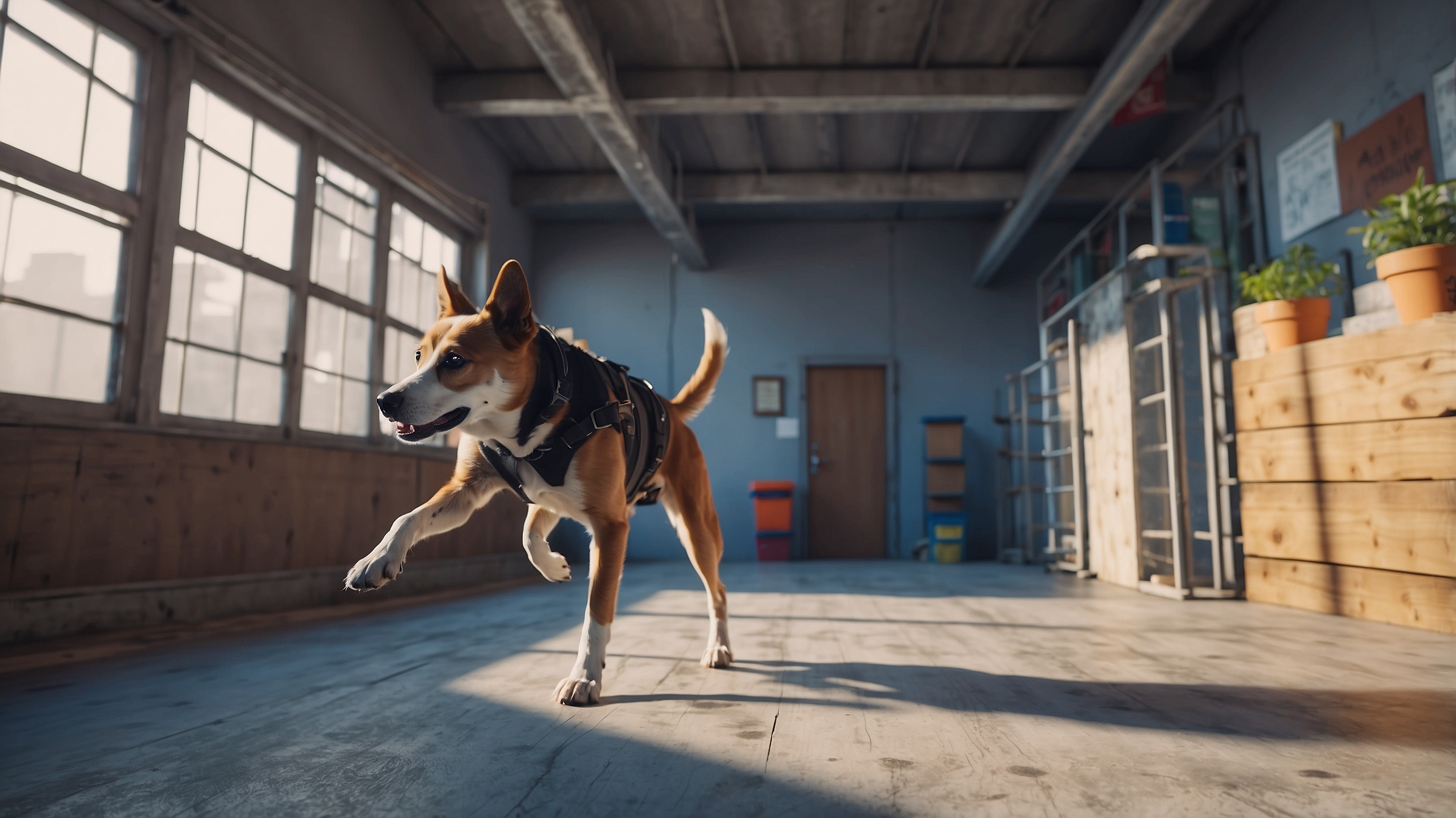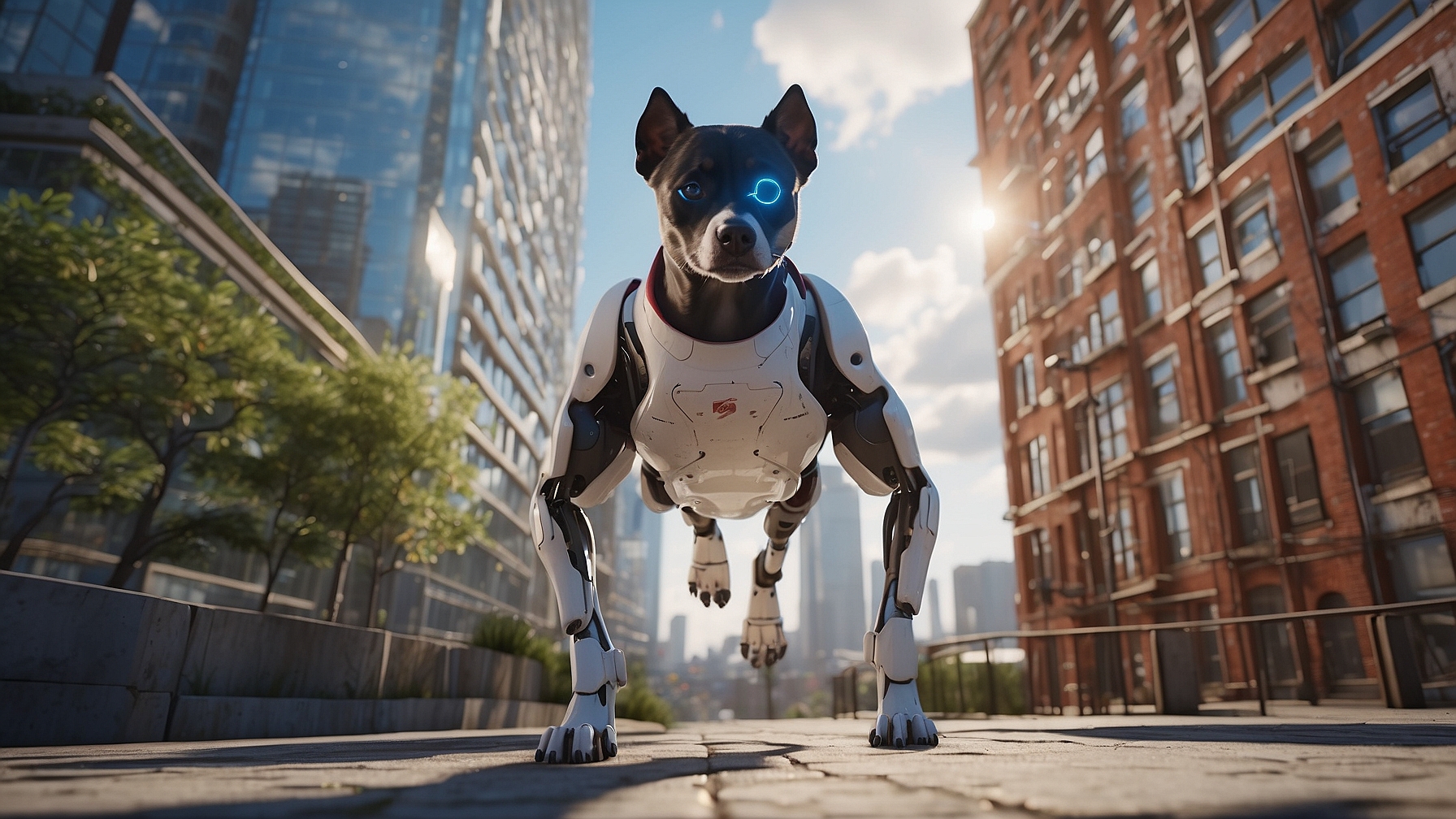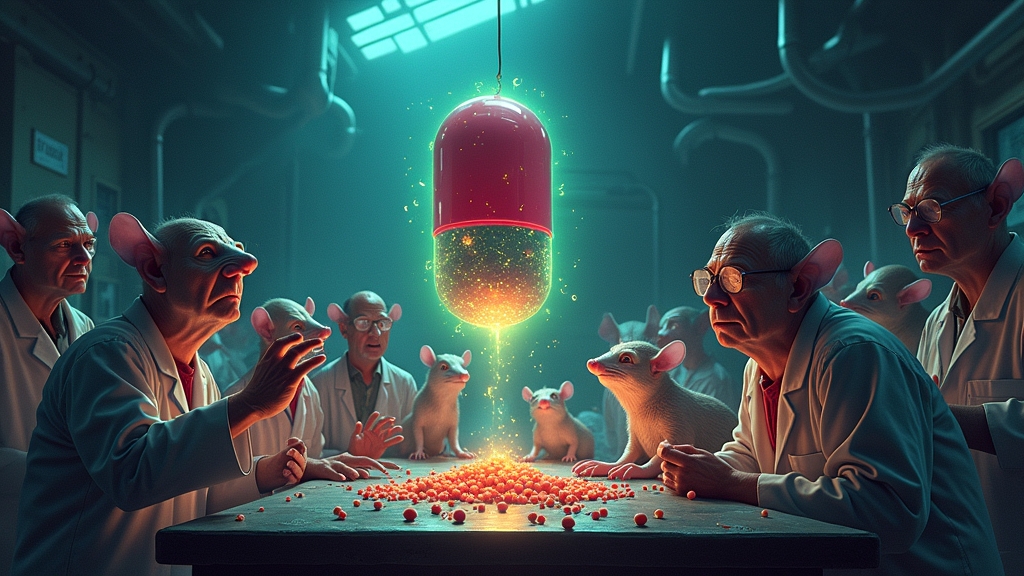Robot Dogs Now Dream of Parkour: MIT’s LucidSim Unveils Creature Capable of Sleeping On the Job
In a groundbreaking leap that would make even the laziest house cat jealous, researchers at MIT’s CSAIL have trained a robot dog to master parkour, not through grueling hours of real-world practice, but by teaching it to daydream. The breakthrough, dubbed “LucidSim,” promises a future where machines outsmart humans by literally doing nothing but hitting the snooze button.
For decades, roboticists have faced the nightmarish challenge of teaching machines to adapt to any environment without tripping over their own wires. But MIT’s visionary team, possibly fueled by the divine inspiration of burrito-fueled brainstorming outside Beantown Taqueria, realized that the answer was simple: robots should just lie back, relax, and let artificial intelligence take them on virtual joyrides.
“Our goal was to teach robots from the comfort of their padded cells, I mean labs,” says Ge Yang, a lead researcher in the project and renowned dream whisperer. “Why risk tripping over real-world rocks and disgruntled squirrels when you can imagine it all with the help of AI and a little magic?”
Harnessing the power of generative AI, LucidSim conjures up physics-defying scenarios that would make a Marvel superhero blush. And who knew? The robotic pooches are apparently fantastic learners when there’s no risk of actually falling over.
MIT’s Alan Yu, a co-author on this whimsical project, describes how the system works: “We cooked up the data like we were on a culinary show, tossing in geometry and semantic masks before blending it into something robots love to feast on—a delectable digital scene.”
For those afraid that one day they might need to outsmart a dreaming machine, there’s good news. In tests where expert teachers tried to coach these metallic mutts, the robots succeeded only 15% of the time. But when left to their own sleepy devices, the robot dogs slumbered their way to success rates of 88%. That’s right—they went from dropout to valedictorian without needing to leave their non-existent fields.
The implications extend beyond quadruped cyber-athletes perfecting backflips on command. Future applications might include mobile manipulation, where your vacuum cleaner suddenly decides to pick up a bat and take up cricket—because it’s always good to keep our options open.
Stanford University’s Shuran Song, an unbothered bystander to this project, said, “The LucidSim framework shows that the best way for robots to face real-world challenges is to imagine them in great detail and never do them. It’s a strategy we humans have perfected over centuries.”
As robots stroll cluelessly into their virtual worlds, living out fantasies of running marathons and hula-hooping, MIT’s ambitious research suggests that the future belongs to those who dare to dream—or at least to those programmed to do so. The only question that remains is: do we join them or just hit the snooze button one more time?




